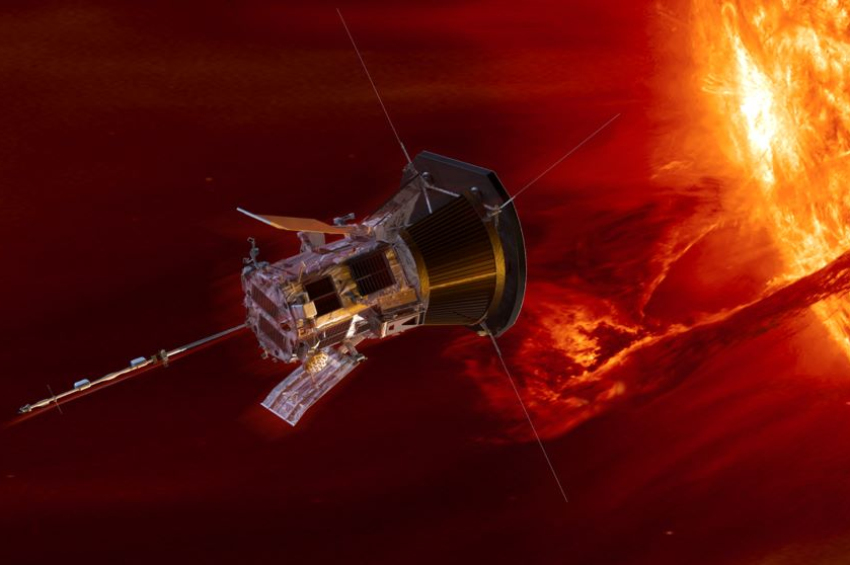Earth flipped over on its side 84 million years ago
Scientists have recently uncovered compelling evidence suggesting that Earth may have dramatically tipped over on its side 84 million years ago, and then corrected itself to return “upright”.
This phenomenon, known as "true polar wander," occurs when a planet’s outer layers shift relative to its rotational axis, causing the magnetic poles to migrate.
A new study published in Nature delves into this long-debated process, using advanced geological analysis to make the case that Earth's entire crust and mantle rotated around its liquid core during the Late Cretaceous period. While the idea may sound like the premise of a science fiction novel, the research builds on extensive geological and paleomagnetic data to back it up.
More to read:
Earth used to have a ring like Saturn
What Is true polar wander?
To understand true polar wander, let’s break down Earth’s structure. The planet consists of several distinct layers:
1. Core: At the center lies a solid metal core, surrounded by a liquid metal outer core. Together, these generate Earth’s magnetic field.
2. Mantle: Above the core is the mantle, a rocky yet slightly pliable layer roughly 1,800 miles thick. Over long timescales, the mantle behaves like a viscous fluid.
3. Crust: The outermost layer, the crust, is a thin, brittle shell that makes up less than 1% of Earth’s volume. This is the layer we live on, and it’s broken into tectonic plates that shift over time.
More to read:
Near-collapse of Earth’s magnetic field 591 million years ago was a burst to evolution
True polar wander occurs when the mantle and crust rotate as a single unit around the liquid core. If you were to observe Earth from space during such an event, it would appear as though the entire planet had tipped over—and then slowly returned to its original orientation.
The evidence
The research team, led by scientists from Caltech, the Tokyo Institute of Technology, and the Institute of Geology and Geophysics in Beijing, sought evidence of this ancient planetary tilt in geological records. Their investigation focused on paleomagnetic data – magnetic signatures preserved in rocks – which can reveal the historical positions of Earth's magnetic poles.
Key to their findings were fossilized bacteria containing the mineral magnetite, one of Earth’s most magnetic elements. These fossils, found in Italy’s Apennine Mountains, date back to the Late Cretaceous period. By analyzing these magnetic records, the researchers identified a 12-degree tilt in Earth's orientation approximately 84 million years ago. Over the following 5 million years, the planet seemingly corrected itself, resulting in a total tilt of about 25 degrees.
More to read:
[video] An invisible electric field envelopes Earth, unknown until now
Implications and applications
While the discovery of Earth’s ancient wobble might not have immediate practical applications, it sheds light on the planet's dynamic nature and long-term behavior. Scientists speculate that true polar wander could have contributed to major climatic events, such as the Ice Age.
They also underscore humanity’s ongoing quest to understand the forces that shape our world and its place in the cosmos.
More importantly, studies like this one remind us that even the most stable-seeming elements of our existence - like the orientation of our planet - can shift dramatically over time. Nothing is really stable in the universe.
***
NewsCafe is an independent outlet that cares about big issues. Our sources of income amount to ads and donations from readers. You can support us via PayPal: office[at]rudeana.com or paypal.me/newscafeeu, or https://buymeacoffee.com/newscafe . Any amount is welcome.






